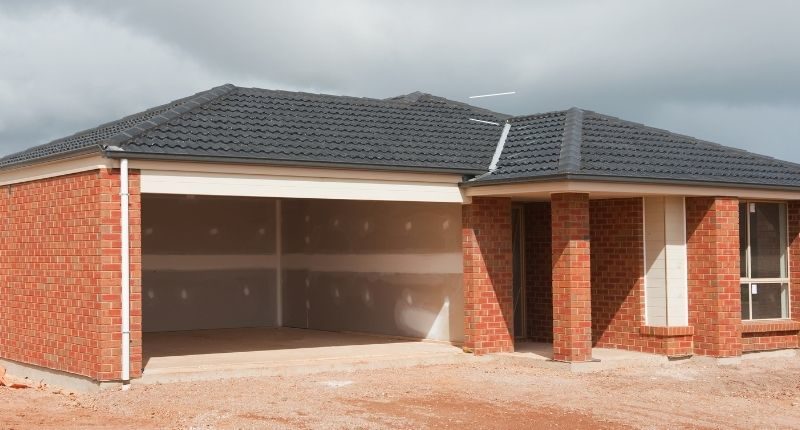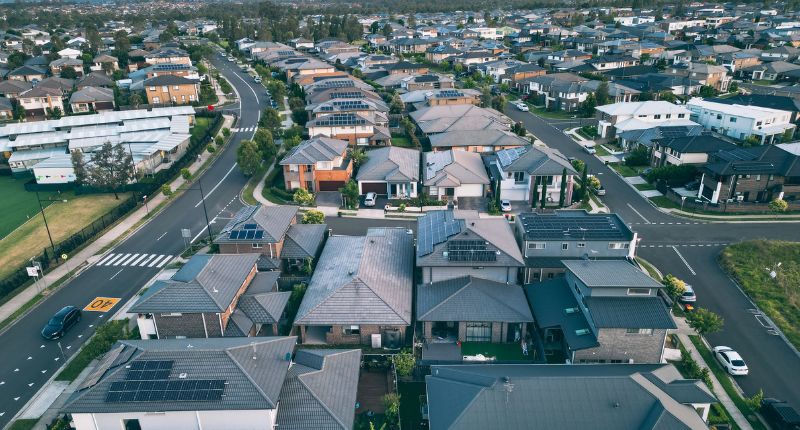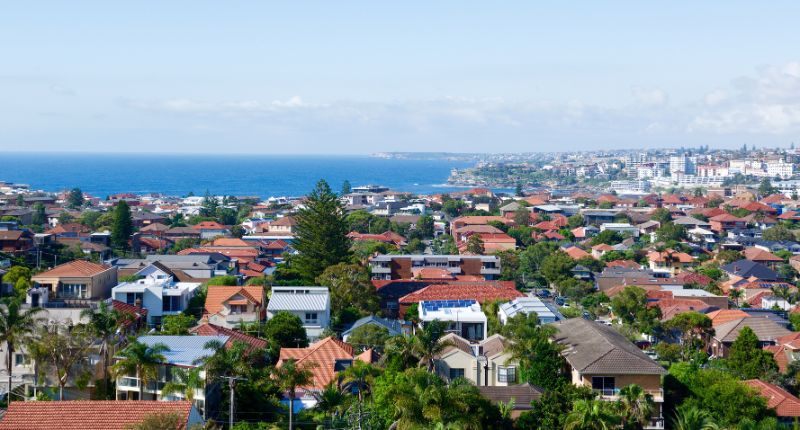- Falls were recorded in four of the five largest states
- The HIA New Home Sales is used as an indicator of future detached home construction
- Despite the falls, new house construction remains relatively high
New home sales fell by 20.5% last month, with declines in almost all the major states, according to figures from the Housing Industry Association (HIA).
The HIA New Home Sales (monthly survey of the largest home builders by volume in the five largest states) is used as an indicator of future detached home construction.
HIA Economist Tom Devitt said with lockdowns in multiple states, it is not surprising there are fewer visits to display homes.
“Despite this poor result in July, sales for the three months to the end of July are only marginally lower than at the same time in 2020 when the first positive impacts of HomeBuilder were emerging,” said Mr Devitt.
“Sales for the three months also remain 4.3% higher than at the same time in 2018, which was a relatively solid year for home building.
“This solid level of sales following the end of HomeBuilder suggests that demand for detached housing remains robust despite the poor result in July.”
Tom Devitt, HIA Economist
Mr Devitt argued that low interest rates and changes in preferences for location of housing have facilitated the drive for activity followed by the end of HomeBuilder.
“Sales data over coming months will indicate if recent lockdowns have impaired consumer confidence or if this July result is an anomaly,” he said.
“ABS housing finance … and approvals data indicate that the bulk of projects initiated by HomeBuilder have cleared the final regulatory hurdles. There [are] now a record number of homes under construction across the country.”
Private New House Sales – Australia (seasonally adjusted)

WA only state to record increase in July
Of the five largest states, Western Australia was the only one to see an increase in new home sales during July, up 8.5%.
By comparison, New South Wales witnessed a -14.8% decline, -25.4% in Queensland, -29.4% in South Australia with Victoria plummeting by -30.2%.
However, compared to the same period in 2018, the states performed far better, with WA up by +34%, followed by +12.5% for New South Wales and +10.9% for Victoria. South Australia and Queensland were down by -11.5% and -30.2% respectively.








